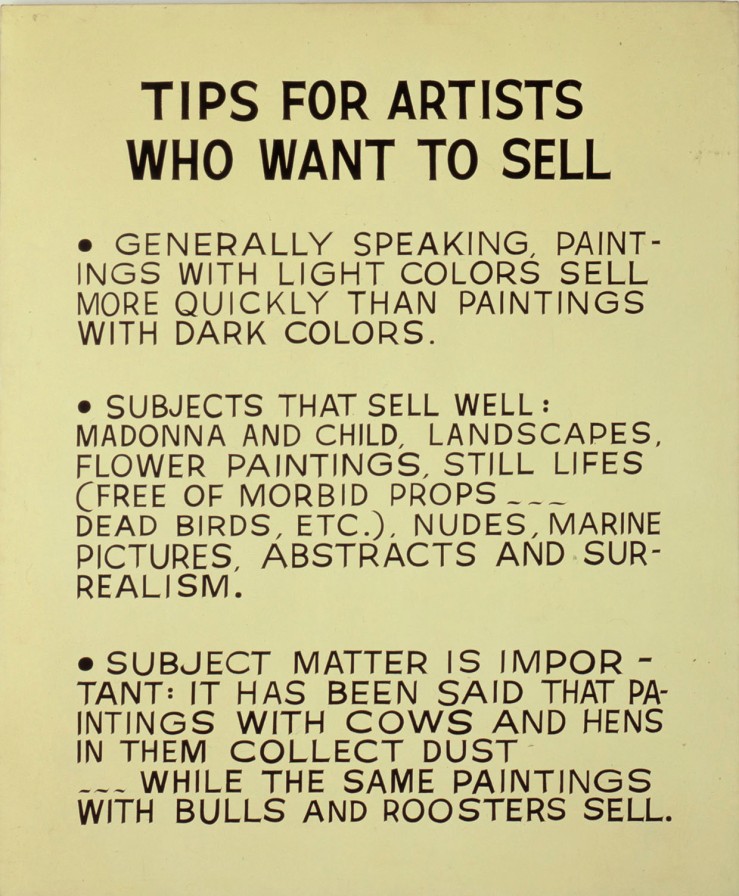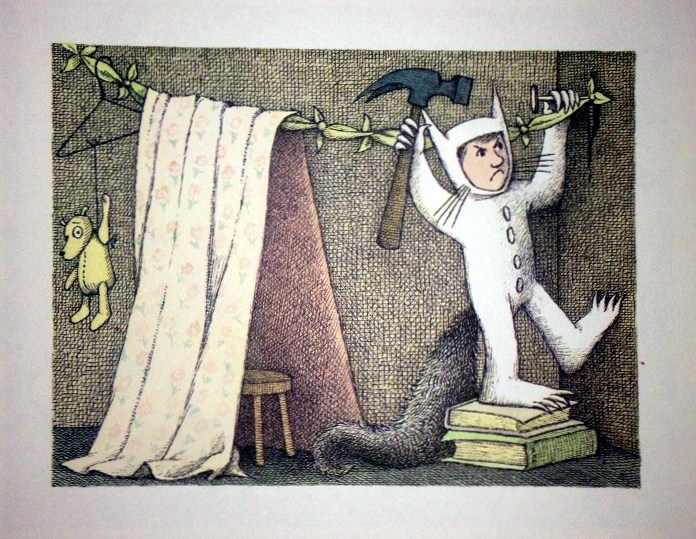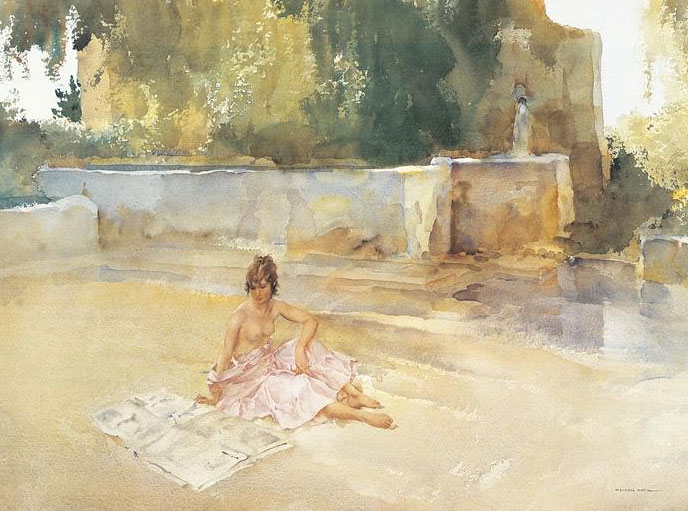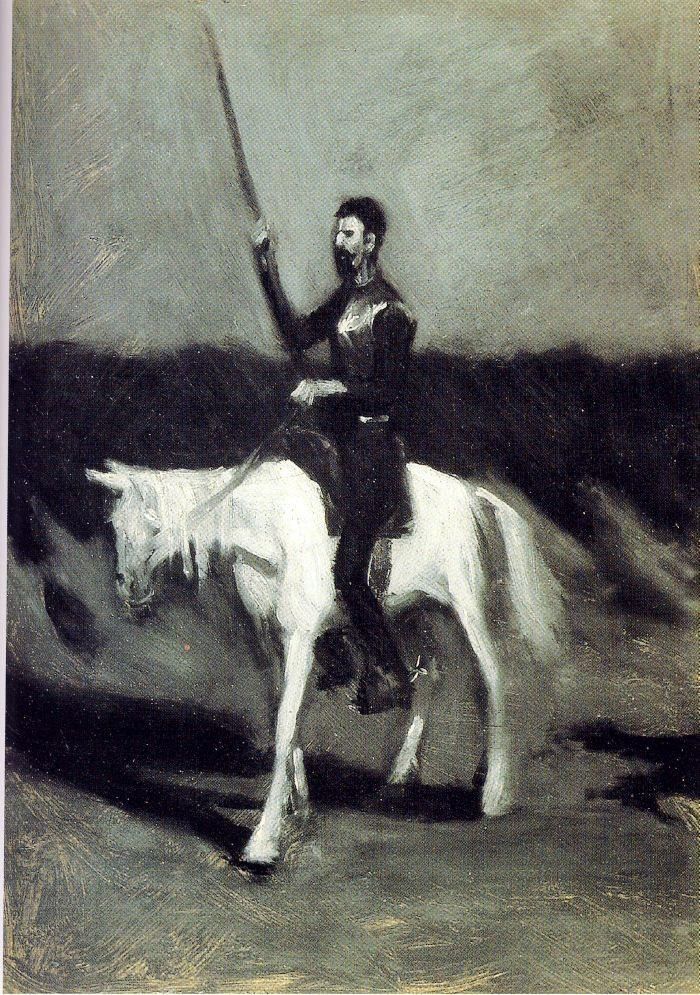We never know what an artist is going to do. Of course not. The artist is not a specialist. All such divisions as animal painters, landscape painters, painters of Scotch cattle in an English mist, painters of English cattle in a Scotch mist, racehorse painters, bull-terrier painters, all are shallow. If a man is an artist he can paint everything.
The object of art is to stir the most divine and remote of the chords which make music in our soul; and colour is indeed, of itself a mystical presence on things, and tone a kind of sentinel.
Am I pleading, then, for mere technique? No. As long as there are any signs of technique at all, the picture is unfinished. What is finish? A picture is finished when all traces of work, and of the means employed to bring about the result, have disappeared.
In the case of handicraftsmen—the weaver, the potter, the smith—on their work are the traces of their hand. But it is not so with the painter; it is not so with the artist.
Art should have no sentiment about it but its beauty, no technique except what you cannot observe. One should be able to say of a picture not that it is ‘well painted,’ but that it is ‘not painted.’
What is the difference between absolutely decorative art and a painting? Decorative art emphasises its material: imaginative art annihilates it. Tapestry shows its threads as part of its beauty: a picture annihilates its canvas: it shows nothing of it. Porcelain emphasises its glaze: water-colours reject the paper.
A picture has no meaning but its beauty, no message but its joy. That is the first truth about art that you must never lose sight of. A picture is a purely decorative thing.







.jpg)






